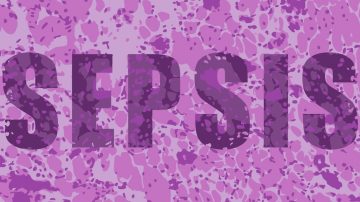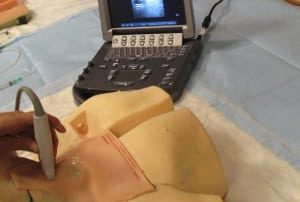More Tags – antibiotic stewardship, antibiotics, Arterial Line, central line, featured, sepsis, sepsis management, septic shock
Timely administration of broad-spectrum antibiotics in septic patients saves lives. Though this has been demonstrated in hundreds of clinical investigations over the last few decades, antibiotics remain the most controversial topic in the management of severe sepsis and septic shock. …
Read More









